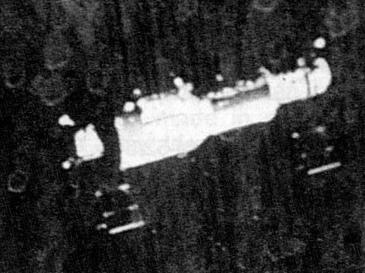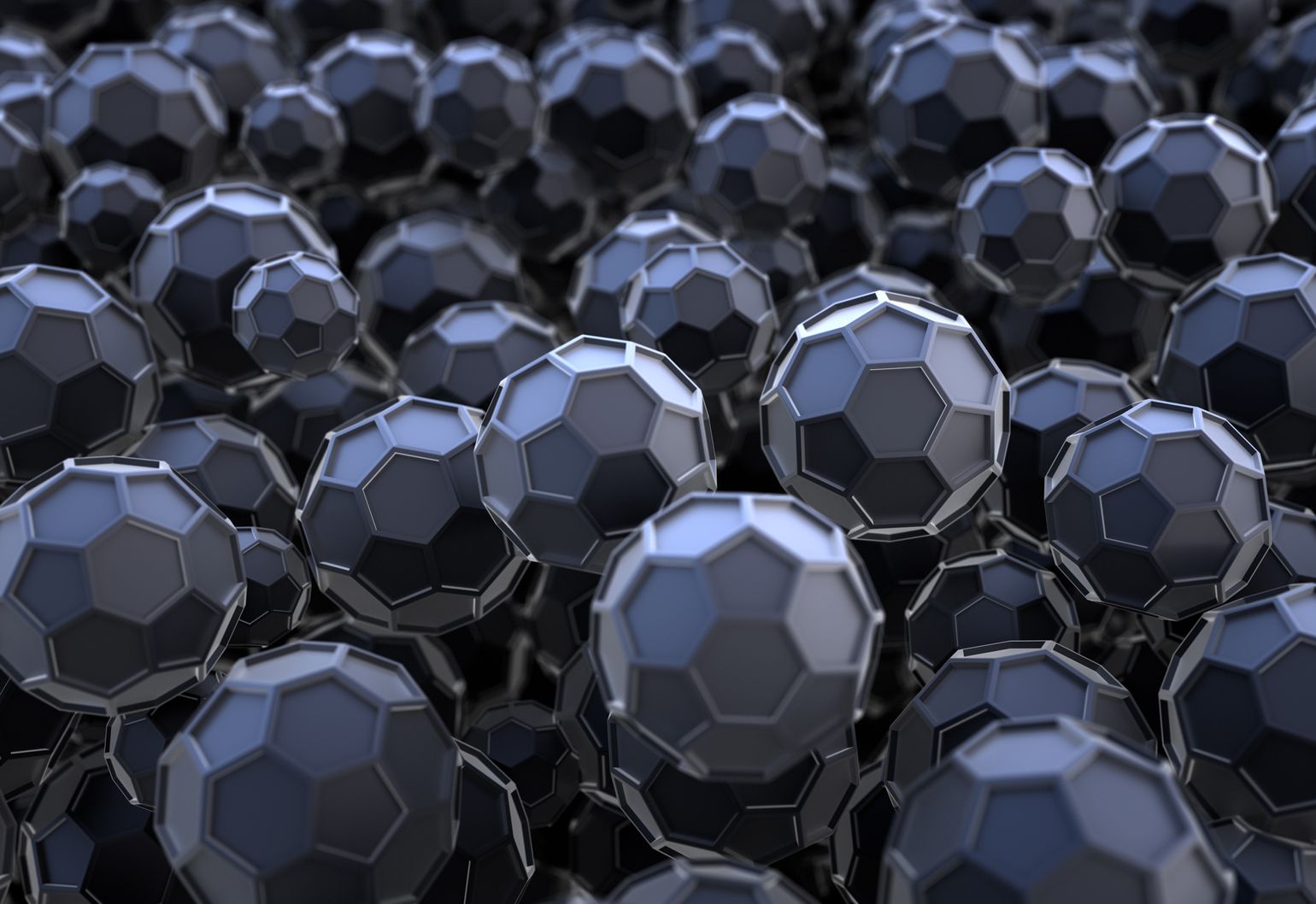Sau Lan Wu spent decades working to establish the Standard Model of particle physics. Now she’s searching for what lies beyond it.
New technology could mean passengers would no longer need to remove items from hand luggage for screening.
Space is brutally inhospitable to human life, so it’s a small wonder that out of the 561 people who have ventured beyond the safety of Earth, only three have died there. Many more have perished due to crashes or explosions when rocketing away from our planet or re-entering its atmosphere.
The three brave spacefarers who lost their lives in space were cosmonauts Georgy Dobrovolsky, Vladislav Volkov, and Viktor Patsayev. All three died on the Soyuz 11 mission of Jun 1971.

A few days ago, transhumanist author and politician Zoltan Istvan had an article published on The Maven titled “Transhumanism is Under Siege from Socialism.” It was there that he stated, “Transhumanists must favor the free world and free market to make its movement as powerful and successful as possible,” and must equally “be on their guard against[socialism].” I disagree — at least when it comes to the free market.
In order to survive the impending trend of proliferated automation, transhumanists must prepare for a future that is post-capitalist by nature.
2018 Speakers
Posted in bioengineering, biotech/medical, food, genetics, robotics/AI, transhumanism
I’m excited to share I’ll be speaking/debating at the upcoming #Biohack the Planet 2018 conference in Oakland on Aug 31 & Sept 1. Many interesting biohackers will be there. Tickets are still available and very reasonably priced right now, but they will likely sell out. Hope to see you there! Here’s the speaker list: http://biohacktheplanet.com/2018-speakers/ #transhumanism #biohacker & ticket page: https://www.eventbrite.com/e/biohack-the-planet-2018-ticket…
Bryan Johnson is the founder and CEO of Kernel, OS Fund and Braintree.
In 2016, Bryan invested $100M in Kernel to build advanced neural interfaces to treat disease and dysfunction, illuminate the mechanisms of intelligence, and extend cognition. Kernel is on a mission to dramatically increase our quality of life as healthy lifespans extend. He believes that the future of humanity will be defined by the combination of human and artificial intelligence (HI +AI). In 2014, Bryan invested $100M to start OS Fund which invests in entrepreneurs commercializing breakthrough discoveries in genomics, synthetic biology, artificial intelligence, precision automation, and new materials development. Bryan founded Braintree in 2007, later acquiring Venmo, which he sold to Ebay in 2013 for $800M. He is an outdoor-adventure enthusiast, pilot, and author of a children’s book, Code 7.

Michael Specter is a staff writer at The New Yorker.
Since joining the magazine in 1998, he has written about agricultural biotechnology, the global AIDS epidemic, avian influenza, malaria, the world’s diminishing freshwater resources, synthetic biology, geoengineering, new ways to edit DNA with CRISPR, and the implications of gene drive technology. His profile subjects include: Ingrid Newkirk, the founder of PETA, Dr. Oz, Peter Singer, Vandana Shiva, Miuccia Prada, and Richard Branson. Specter came to The New Yorker from the New York Times, where he had been a roving foreign correspondent based in Rome. From 1995 to 1998, Specter served as co-chief of The Times Moscow bureau. Before working at the Times he was the New York Bureau Chief of The Washington Post.
“The Future: A Very Short Introduction” (OUP, 2017) by Dr. Jennifer M Gidley.

Oxford University Press has just released a wonderful little animation video centring on my book “The Future: A Very Short Introduction” published in 2017. In an entertaining way it shows how the concept of the future or futures is central to so many other concepts — many of which are the subject of other OUP Very Short Introductions. The VSI Series now has well over 500 titles, with ‘The Future’ being number 516.
To watch the video click here.
You can read a full sample chapter of the Introduction. The abstracts can be read for all of the other chapters at the links below.
Contents
List of Illustrations
1 Three Thousand Years of Futures
3 The Evolving Scholarship of Futures Studies
4 Crystal Balls, Flying Cars and Robots
5 Technotopian or Human-Centred Futures?
6 Grand Global Futures Challenges
References
Further Reading & Websites
Appendix: Global Futures Timeline
Index
The book is available to purchase at OUP.
‘The Future’ has been very well received globally and an Arabic translation has recently been released by the Bahrain Authority for Culture and Antiquity.
The Arabic translation of ‘The Future’ will be available in all book fairs in the Arab region and the distributor covers the important libraries in all Arab countries and Saqi books/UK and Jarir book store/USA . It can also be purchased through the following:
A Chinese translation has been licensed and is underway, and discussions are in process for translations into German, Turkish, Italian and French.
CAPE CANAVERAL, Fla. (AP) — Former NASA astronaut Buzz Aldrin was noticeably absent from a gala kicking off a yearlong celebration of the 50-year anniversary of the first moon landing, even though his nonprofit space education foundation is a sponsor and he typically is the star attraction.
The black-tie Apollo Celebration Gala held under a Saturn V rocket at the Kennedy Space Center on Saturday evening featured a panel discussion by astronauts, an awards ceremony and an auction of space memorabilia.
Hundreds of people attended the sold-out event, including British physicist Brian Cox, who presented Virgin Galactic founder Richard Branson with the ShareSpace Foundation’s Innovation award.










